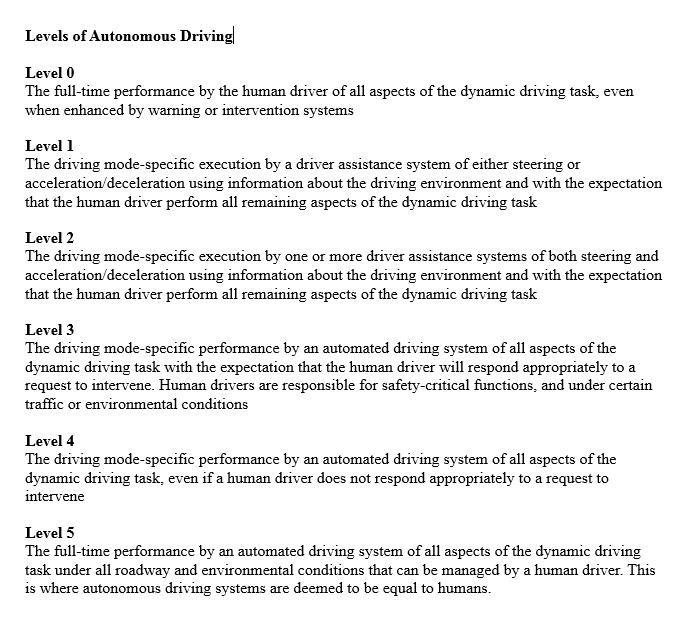Nvidia stakes another bold claim for autonomous driving
Google has recently set the roads alight with claims of cracking the self-driving conundrum by the end of the year, and it didn’t take long for Nvidia to start shouting.
October 11, 2017

Google has recently set the roads alight with claims of cracking the self-driving conundrum by the end of the year, and it didn’t take long for Nvidia to start shouting.
The chip company has launched a new system, codenamed Pegasus, will be able to handle Level 5 driverless vehicles – the highest level of automation. And we’re talking pretty much right now. Most people are talking 2020 or 2021 at the earliest for notable steps forward, but Nvidia has said the Pegasus chip will be available for automotive partners in the second half of 2018.
The system will pair two of Nvidia’s Xavier system-on-a-chip processors with two next-generation GPUs with hardware created for accelerating deep learning and computer vision algorithms. The team claim the system will be able to meet the enormous computational power demanded by autonomous driving in a computer the size of a license plate. It is a very bold claim.
“Creating a fully self-driving car is one of society’s most important endeavours – and one of the most challenging to deliver,” said Jensen Huang, Nvidia CEO.
“Driverless cars will enable new ride- and car-sharing services. New types of cars will be invented, resembling offices, living rooms or hotel rooms on wheels. Travelers will simply order up the type of vehicle they want based on their destination and activities planned along the way. The future of society will be reshaped.”
The computational demands of autonomous vehicles should not be underplayed at all, this complexity is the reason for relatively slow progress to date. Every car will need various high-resolution, 360-degree surround cameras and lidars, to detect the surrounding environment, as well as linking directly to mapping technologies to almost perfect accuracy, and factoring in thousands of scenarios of how the environment could change.
All of this has to be done almost instantaneously to ensure safety, which is causing the hold-up. No-one wants to drag around a data centre in their boot, so claims of a license plate sized computer which can run the car will certainly get attention. In fact, the team claim Pegasus will be able to process 320 trillion operations per second; that’s 10 times more than its predecessor
And who knows whether the Nvidia system will actually work properly in the real-world. It’s all well and good making these claims, but realistically we won’t see any autonomous vehicles on the road for years, if not decades. If you think the bureaucrats move slowly normally, just wait until they start to rewrite the rules of the road.
Another area to consider is whether we’ll be ready for self-driving cars in this decade. Handing over control of a vehicle is a big psychological step to take. Some people don’t like sitting in the passenger seat while someone else drives, imagine the freak-outs which will take place when the car drives itself.
This claim might put Nvidia at the front of the self-driving race, but bear in mind how far away the rest of society is from allowing Level 5 autonomous vehicles; everyone else will catch-up in that timeframe.

About the Author
You May Also Like


.png?width=300&auto=webp&quality=80&disable=upscale)







.png?width=300&auto=webp&quality=80&disable=upscale)


_1.jpg?width=300&auto=webp&quality=80&disable=upscale)